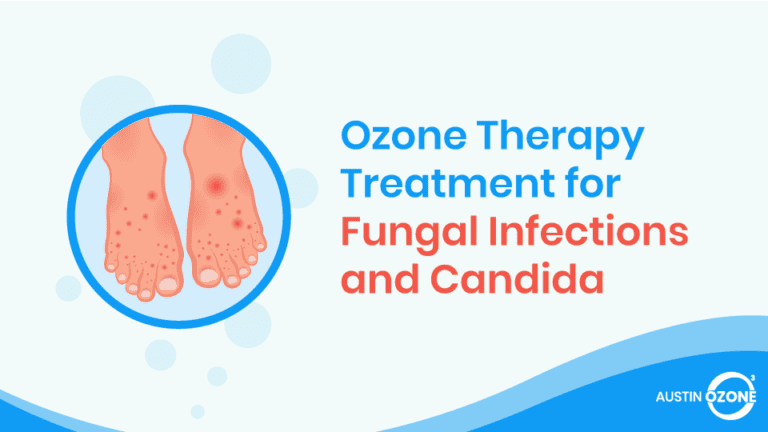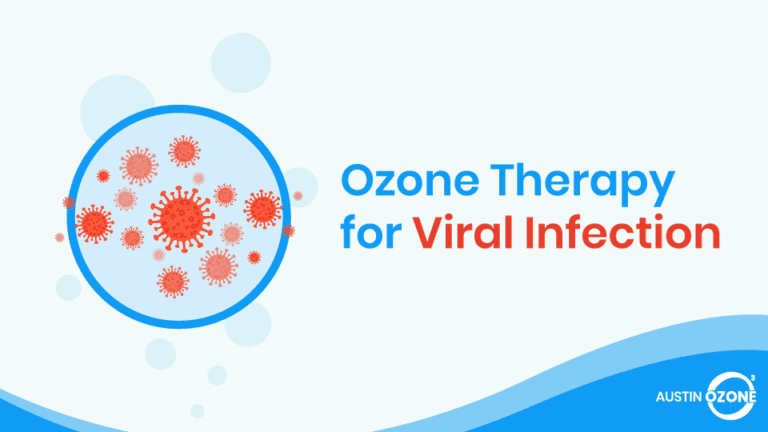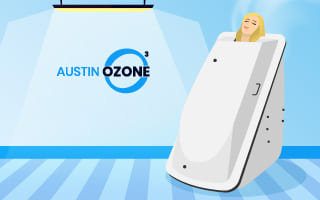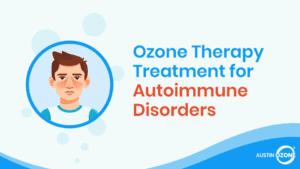Parasitic diseases, like the leishmaniasis commonly affect impovershed people and are often associated with poor housing, malnutrition, and the lack of financial resources. Parasites (Leishmaniasis) is also often linked to environmental changes such as deforestation and urbanization. Ozone Therapy for Parasites (Leishmaniasis) is considered to be an one of the treatment for this disease.
While these diseases tend to thrive in developing countries, they can also be found in parts of the United States that have high poverty rates.
Although rarely leading to death, parasitic diseases can cause permanent disability and disfigurement, significantly reducing the patient’s quality of life.
Parasites (Leishmaniasis): An Overview
Leishmaniasis is caused by the protozoan parasite, Leishmania, which is often found in the tropics and sub-tropics. Overall, this parasitic disease can be found in approximately 90 countries2, including the United States.
Classified as one of the neglected tropical diseases3, leishmaniasis is a disease acquired from the bite of an infected female sand fly, specifically that from the genus Phlebotomus. The bite is painless, which makes it harder to detect.
About 1 million new cases are reported annually, although only a small fraction of those bitten by the infected sand fly will eventually develop the disease.
There are three types of leishmaniases: visceral, cutaneous, and mucocutaneous.
Visceral Leishmaniasis
Considered the top parasitic disease by the World Health Organization (WHO)6, visceral leishmaniasis can cause weight loss, irregular bouts of fever, anemia, low white blood cell and platelet counts, and enlargement of the spleen and liver.
Its symptoms usually develop weeks after the infected bite. Death can occur within months of infection if left untreated.
Cutaneous Leishmaniasis
Often characterized as skin lesions or ulcers, cutaneous leishmaniasis is the most prevalent form of leishmaniasis. The lesions can develop within several weeks or months after the infection. According to WHO, 95% of its cases6 can be found in America, the Middle East, and Central Asia. Although the ulcers may heal on their own after several months, they often leave a burn-like scar on the patient’s skin.
Mucocutaneous Leishmaniasis
This type of leishmaniases causes lesions in the mucous membranes of the mouth, nose, and throat. It often comes with a discharge, nasal stuffiness, and pain.
Sometimes, the lesion heals, but another one replaces it. Over time, the infection may lead to partial or total disfigurement of the face.
How Parasites (Leishmaniasis) Spreads?
Parasites (Leishmaniasis), is a ‘vector-borne’ disease or an infection transmitted to humans (and animals) by a blood-feeding arthropod (i.e., mosquito, flea, tick). A sand fly can only acquire Leishmania if it sucks the blood of an infected person or animal before feeding on the blood of an uninfected individual.
It is hard to evade an infected sand fly since it is very small (around 2mm long), and it does not make any buzzing sound or noise. What makes detection even more difficult is that their bites are unnoticeable.
Aside from insect bites, leishmaniasis can spread through contaminated needles or blood transfusion. It is also possible for infected pregnant women to pass on the disease to their newborn child through congenital transmission.
Who Can Get Infected With Parasites (Leishmaniasis)?
Everyone is at risk of getting infected. However, the risk doubles if you have lived in or have traveled to places where leishmaniasis exists.
In the United States, transmission is evident among people who traveled to or migrated from areas like South America, Central America, and the Middle East (i.e., Iraq). As such, ecotourists, missionaries, soldiers, and adventure travelers are more prone to getting the disease.
To protect yourself from leishmaniasis, it is recommended to use insect repellents and to wear protective clothing, especially at night when sand flies are active. Unfortunately, there are currently no vaccines or drugs for prevention. All you can do is to reduce the risk of getting bitten.
How Is the Disease Diagnosed?
Blood and tissue cultures are usually taken from the patient for laboratory analysis. However, not every laboratory in the world is capable of running those tests. For example, the United States does not do skin testing for both cutaneous and mucosal leishmaniasis.
Diagnosis is important for leishmaniasis as there are types that can spread from the skin to the mucous membrane by means of touch. Since visceral leishmaniasis can lead to death if untreated, the lack of proper diagnosis and treatment can be fatal.
How Is Parasites (Leishmaniasis)Treated?
Treatment depends on the type of leishmaniasis acquired and the host’s immunity. Systemic therapy, along with supportive care, is incredibly important for leishmaniasis treatment.
For example, with visceral leishmaniasis, you would also need to treat its symptoms (anemia, weight loss) since this would greatly improve your chances for survival.
Various drugs are often prescribed for the systemic treatment of leishmaniasis. Some drugs like Liposomal amphotericin B are given to patients through IV infusion.
Other medications like miltefosine are taken orally. However, even though they are highly effective, these drugs can be toxic and may lead to various side effects, including nephrotoxicity (kidney damage).
Meanwhile, topical treatment is mostly recommended for the lesions. It can take the form of an ointment (e.g., paromomycin), cryotherapy (using liquid nitrogen), heat therapy (using radiofrequency heat), or ozone therapy.
Schedule an Ozone Therapy Session Today!
What Is Ozone Therapy?
During the past few decades, ozone has been extensively studied for its mechanism of action in the field of medicine. Ozone therapy is a form of treatment that increases the amount of oxygen in the body.
Because of its strong oxidizing capabilities, medical ozone can be used against bacteria, viruses, fungi, and protozoa. Moreover, ozone is proven to stimulate the immune system and promote the rapid healing of wounds.
Recent developments in technology have made ozone therapy more cost effective, safer, and faster in providing relief compared to some orthodox treatments. Although ozone therapy often requires ozone’s gaseous form for treatment, it can also be administered with the use of ozone-liquid base mixtures like ozonated water, ozonated saline, and ozonated oil.
Ozone Therapy for Parasites (Leishmaniasis)
Although international organizations have been successful in developing anti-parasitic drugs to treat leishmaniasis, those medicines’ compounds have a relatively high toxicity level and have riskier side-effects that can eventually damage your body.
As such, it is important to find a natural and safer alternative treatment1 that exhibits the same antioxidant and antibacterial properties as those medicines. The use of medical ozone gas serves as a great option for combating leishmaniasis because of its immunomodulatory and wound healing properties.
Ozone therapy can be administered in several ways: topical, intramuscular, blood fusion, or insufflation. For leishmaniasis treatment, ozonated oil5 seems to be the best alternative to conventional medicine as it can offer antimicrobial benefits with minimal side effects.
The use of medical ozone gas serves as a great option for combating leishmaniasis because of its immunomodulatory and wound healing properties.
Ozonated oil is mainly prepared by bubbling an ozone-oxygen mixture produced by an ozone generator through a specific type of vegetable oil until it solidifies. Ozonated oil, as an ointment, can effectively destroy pathogens, reduce inflammation, and rapidly repair lesions caused by leishmaniasis.
Since ozone forms a stable molecule with the vegetable oil, it will have a longer shelf-life compared to medical ozone gas. The small amount of ozone retained on the skin should be enough to kill any microorganism that can cause secondary infections from the lesion.
Summary
Although the literature on parasitic diseases abounds, leishmaniasis proves to be difficult to prevent, diagnose, and cure. Classified as one of the world’s neglected tropical diseases, it is a product of the ongoing deforestation and urbanization of rural and tropical areas.
Unfortunately, it can potentially affect millions of people – even those who are just traveling to indigenous places.
Infection can be easily spread with a bite. Its symptoms can occur several weeks, even months, from when the parasite inoculates within the body. Those who are infected have the risk of living a life of permanent disfigurement and disability. It can even lead to emaciation and slow death in the case of visceral leishmaniasis.
The increased oxygenation in the bloodstream brought about by ozone therapy can enhance the patient’s immune system and help fight off the disease-causing parasite.
For this reason, proper diagnosis and treatment are necessary when dealing with leishmaniasis. Once diagnosed, using ozonated oil can improve the healing process of the lesions caused by the disease. Also, the increased oxygenation in the bloodstream brought about by ozone therapy can enhance the patient’s immune system and help fight off the disease-causing parasite.
If you have leishmaniasis (parasites), it would be worthwhile to discuss with your doctor the benefits of undergoing ozone therapy. It is considerably cheaper, safer, and more natural than the conventional medical treatments.
Schedule an Appointment Today
References
- Cabral, I. L., Utzig, S. L., Banhuk, F.W., Staffen, I. V., Loth, E. A., de Amorim, J. P. A., Negretti, F., Gandra, R. F., Ayala, T. S., & Menolli, R. A. (2020). Aqueous ozone therapy improves the standard treatment of leishmaniasis lesions in animals leading to local and systemic alterations. Parasitology Research, 119(12), 4243-4253. doi: 10.1007/s00436-020-06925-8
- Centers for Disease Control and Prevention. (2020, February 14). Parasites – leishmaniasis. Retrieved from https://www.cdc.gov/parasites/leishmaniasis/index.html
- National Institute of Allergy and Infectious Diseases. (2016, July 11). Neglected tropical diseases. Retrieved from https://www.niaid.nih.gov/research/neglected-tropical-diseases
- Pearson, R. (2019). Leishmaniasis. Retrieved from https://www.msdmanuals.com/professional/infectious-diseases/extraintestinal-protozoa/leishmaniasis
- Ugazio, E., Tullio, V., Binello, A., Tagliapietra, A., & Dosio, F. (2020). Ozonated oils as antimicrobial systems in topical applications. their characterization, current applications, and advances in improved delivery techniques. Molecules, 25(2),334. doi: 10.3390/molecules25020334
- World Health Organization. (2020, March 2). Leishmaniasis. Retrieved from https://www.who.int/news-room/fact-sheets/detail/leishmaniasis






